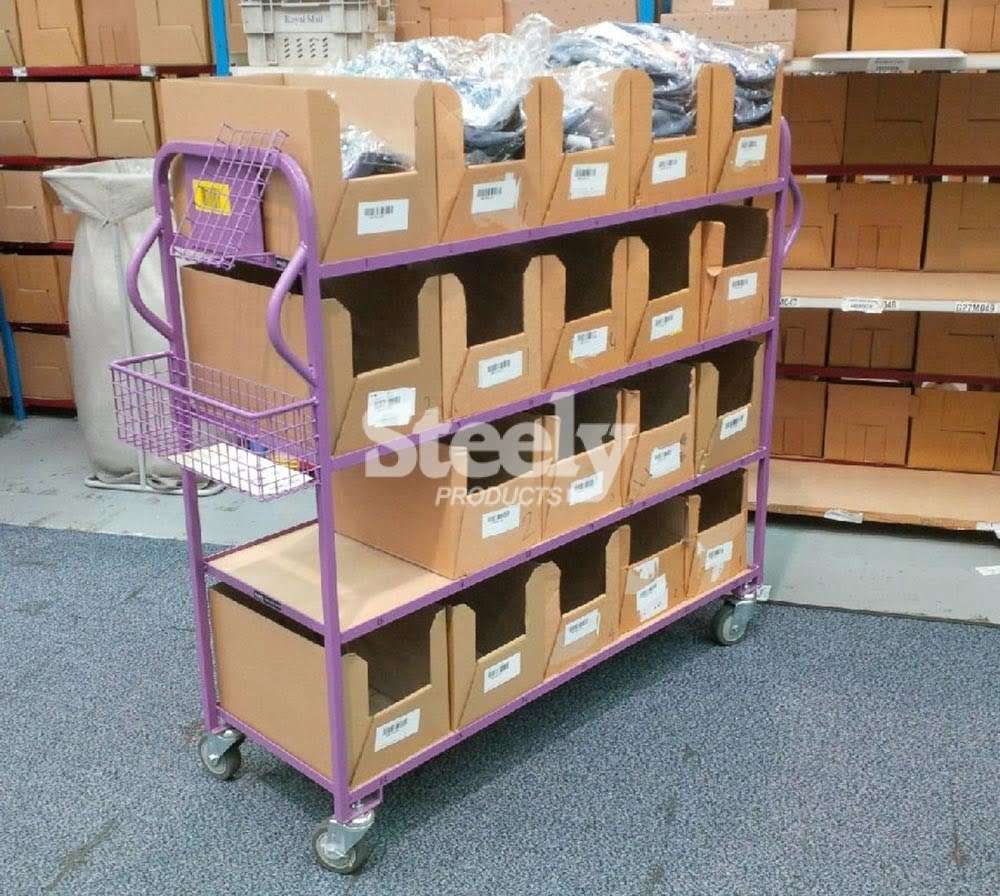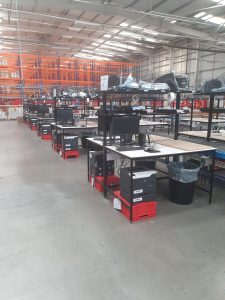Your basket is currently empty!

Consumers are demanding more sustainable products and want to do business with companies that have environmental policies in place. A business may sell sustainable products, but bad inventory management is not sustainable. Here are our tips to improving the sustainability of your inventory management:
Analyse the demand
Sustainability and stock management are interlinked. Stockpiling goods that are not selling or stocking perishable goods near their sell by date can result in inventory being thrown away into landfills, which is not a sustainable process.
The goal of a warehouse should be to have the right level of stock for a product to meet customer demand, and so the first key to optimising inventory is to analyse that demand. Sales data should be carefully studied to spot trends, and customer surveys can identify their preferences. Seasonal variations also need accounting for.
No one can be certain of the future, but careful analysis can provide a fairly accurate assessment of stock levels needed to meet expected demand.
Dealing with dead inventory
If an item is not selling, don’t immediately throw it away. It may sell through heavy discounting, or it could be sold off to excess stock retailers. If it does need to be disposed of, see if there is a way to recycle some of its materials.
Saving energy
Sustainable inventory management also involves the energy needed to store items. Obviously, a smaller warehouse costs less to heat and light than a large one, but for most businesses, it is impractical to downsize the warehouse. Instead, make sure that the property is insulated well so that energy does not escape. You could also install renewable energy, such as solar panels. The initial cost may be expensive, but over time, renewable energy systems pay for themselves through fuel savings.
Human energy is also important. Picking journeys should be carefully planned to minimise walking times. If workers work non-stop for several hours, this is not the most efficient use of their energy. Overtired workers make mistakes or cause accidents – make sure all workers have regular breaks.
Equip workers with quality picking trolleys with premium casters that make them easy to push and steer. The steel we at Steely Products use in our storage and material handling equipment is recyclable.
Transport
Another aspect of inventory management concerns transport – how goods arrive and leave the warehouse. Delivery vehicles emit harmful emissions, and electric vehicle technology is not yet at a stage that makes large electric trucks practical. Small local deliveries could be made with electric vans.
Ideally, vehicles should be full when leaving the warehouse. Many warehouses rely on third-party logistics companies for deliveries, but if delivery operations are inhouse, make sure that delivery routes are well planned so that vehicles don’t travel unnecessary distances.
A smart decision
It makes financial sense to have sustainable inventory management practices in place. Customers that share a business’s environmental values will remain loyal, and having a publicly known sustainability policy can put a business ahead of its competitors.
To discover how Steely Products’ warehouse equipment can help organise your inventory, contact us using the form below or give us a call.
You may also interested in:

Warehouse operators warned about energy compliance crisis
New energy regulations could render some warehouse space unusable by 2030 due to
The growing demand for warehouse conveyor belts
Research by Global Market Insights shows that the worldwide conveyor market was worth 5.7 billion US dollars in 2024 and is
